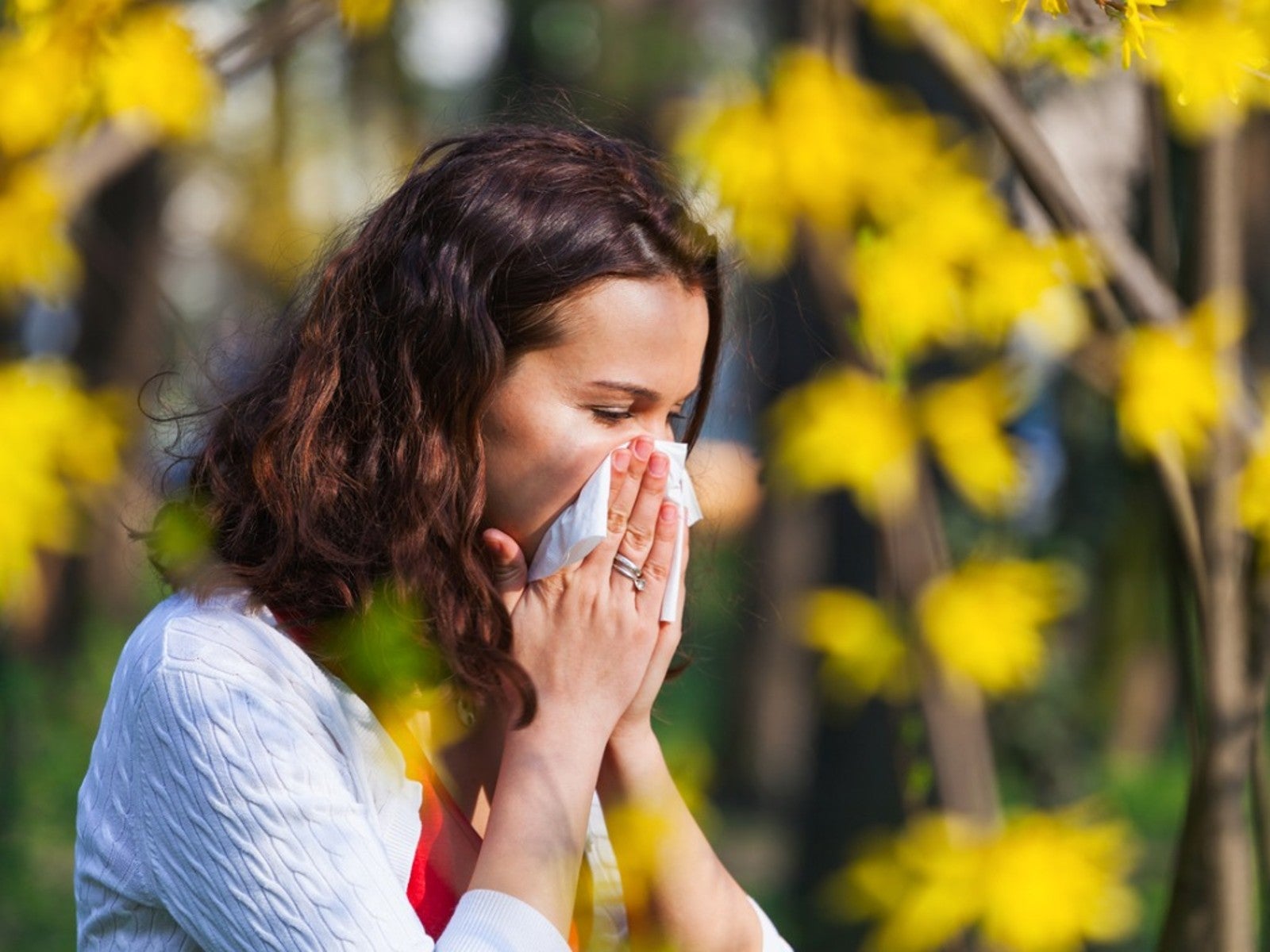Worst Plants For Allergies

For many people spring brings the misery of sniffling, sneezing, and runny eyes brought on by plants that cause allergies. Beyond taking an allergy medication, having knowledge of the plants that cause allergic reactions can be beneficial. So what are the worst trees and flowers for allergies? Read on to learn about common plant allergies.
Ugly Plants that Cause Allergies
If you’ve ever heard that uglier plants cause more severe allergic reactions, you might be surprised to know it’s true. Allergists say that flowers that smell or look pretty attract pollinators while those that produce uglier blooms are generally wind pollinated. In other words, they are the allergy sufferer’s nemesis.
Worst Trees for Allergies
Spring is the peak season for tree allergens. In order of bloom time, trees that plague allergy sufferers include maple, willow, poplar, elm, birch, mulberry, ash, hickory, oak, and walnut and are generally an issue from March through May. Additional trees that may be problematic include alder, aspen, beech, box elder, cedar, cottonwood, juniper, olive, and pecan.
Trees that are dioecious or unisex such as ash, poplar, and willow are not problematic if a female tree is planted. Female trees produce no pollen, thus are not allergy triggers.
Other trees such as fruit trees that flower are pollinated by bees and other pollinators and are not problem allergens.
Worst Flowers for Allergy Sufferers
The prettier the flower the less likely it will cause allergic reactions. Another fact to note is that the more hybridized the plant is the less likely it will cause allergies. These plants tend to have heavier pollen that is moved about by bees and other pollinators rather than the wind. Hybridized bloomers tend to be showier as well.
That said, there are some flowers that will bother allergy sufferers. These include plants in the aster or daisy family, baby’s breath, dahlias, chamomile, sunflowers, amaranth, and lavender. Although not usually included in a garden, ragweed, a member of the aster family, is often a major allergic trigger.
Gardening tips, videos, info and more delivered right to your inbox!
Sign up for the Gardening Know How newsletter today and receive a free copy of our e-book "How to Grow Delicious Tomatoes".
Other Plants that Cause Allergies
Grasses are a major allergy culprit for many people. Grass pollens usually appear in the late spring to early summer. While there are hundreds of species of grass relatively few cause allergies. The following are most likely to cause allergies: bahia, bermuda, bluegrass, fescue, Johnson, Kentucky blue, orchard, redtop, and Timothy.
By summer and into the fall, allergy culprits are weeds such as the aforementioned ragweed, lamb’s quarters, pigweed, English plantain, mugwort, and wormwood.

Amy Grant has been gardening for 30 years and writing for 15. A professional chef and caterer, Amy's area of expertise is culinary gardening.